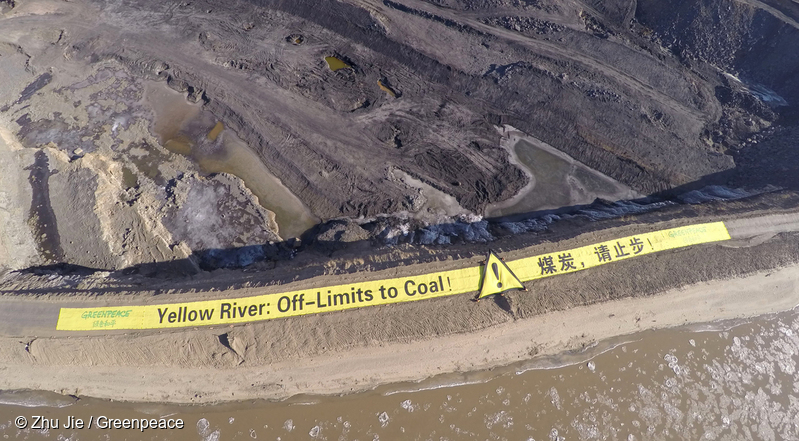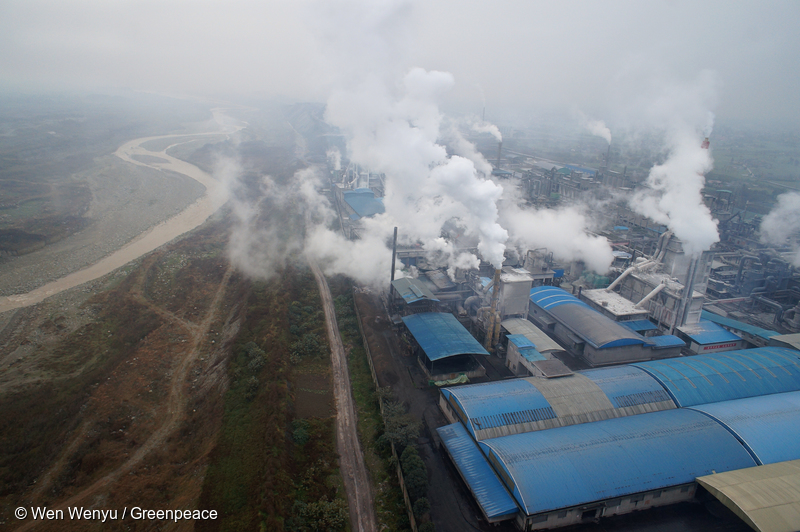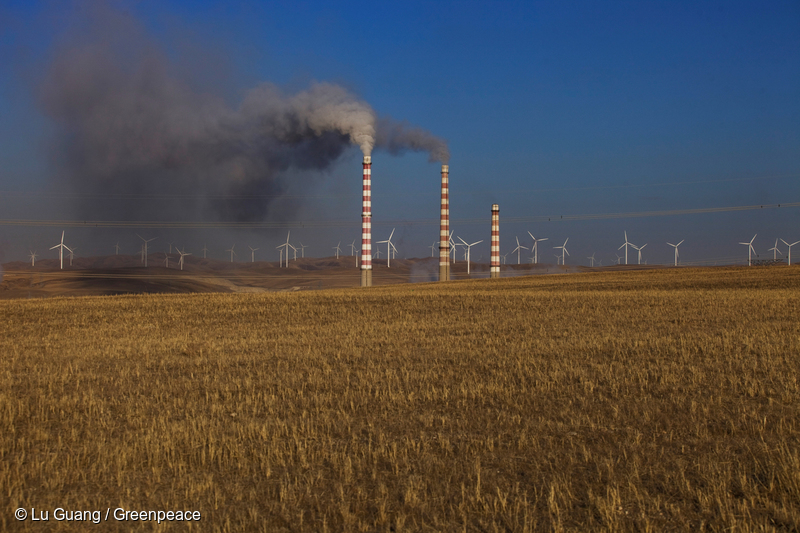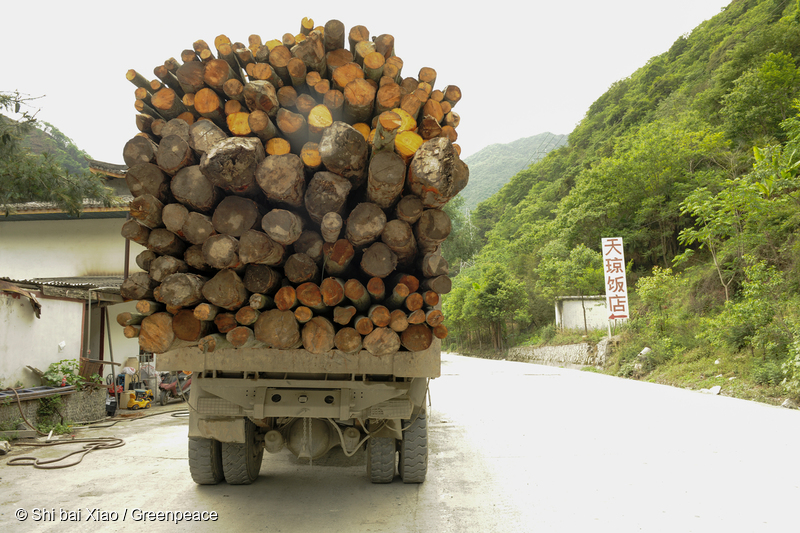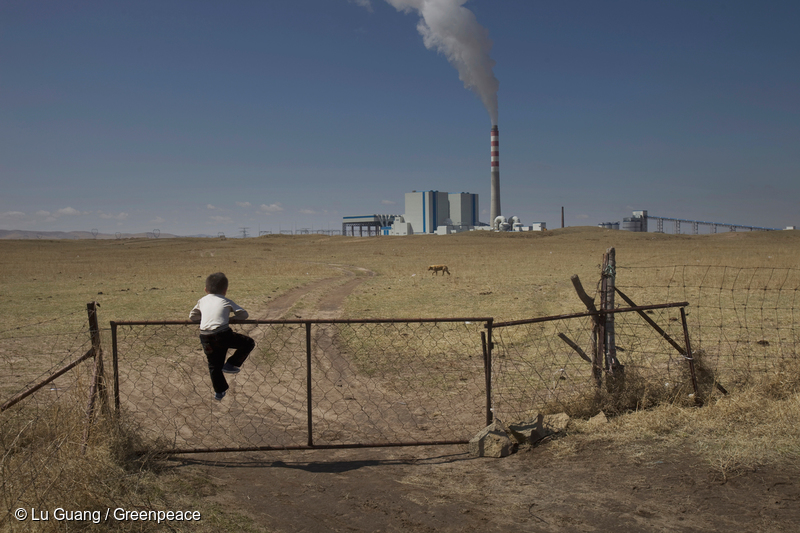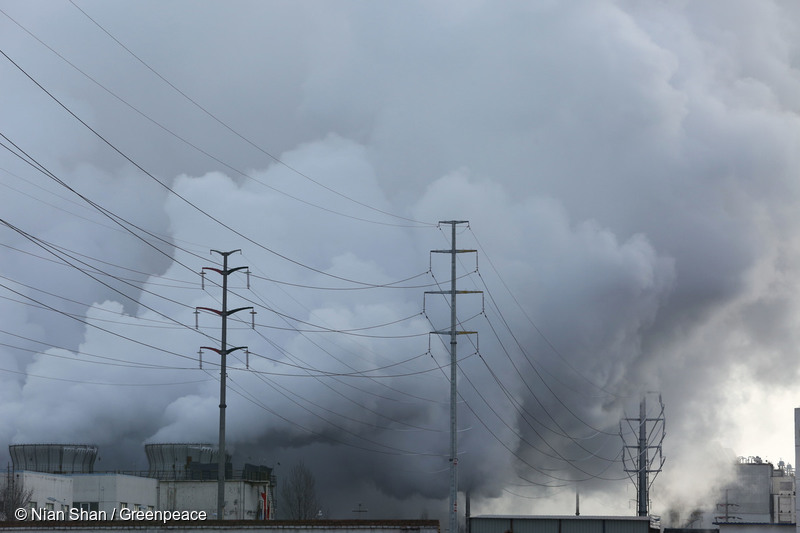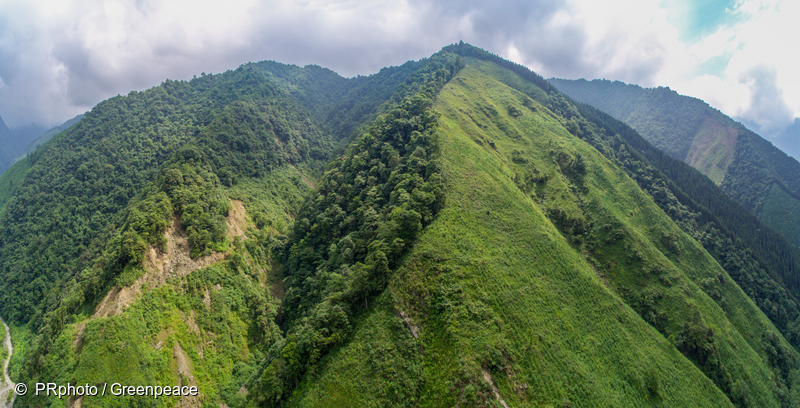All articles
-
UPDATE: Is China doubling down on its coal power bubble?
In January-December 2015, China’s Ministry of Environmental Protection and provincial Environmental Protection Bureaus gave at least one positive permitting decision to a total of 210 coal-fired power plants with a total capacity of 169 gigawatts – four power plants per week. This surge of approvals seems to have resulted from China’s decision to decentralize authority…
-
Clean Air Action Plan: The Way Forward
Greenpeace analysis of satellite-based particulate matter measurements over the past decade shows that China’s systematic efforts to combat air pollution have achieved an impressive improvement in average air quality in the country in the past few years – although pollution levels remain alarmingly high. In contrast, air pollution levels in India, and in particular North…
-
Pipe Dreams
In this report, Greenpeace explores the development of China’s coal-to-chemical sector and environmental problems of the industry. We look at the efforts of one such SOE, the Datang group, one of China’s top 5 state-owned power sector giants, which had the ambition of building China’s largest and most advanced coal-to-gas plants, and its most extensive…
-
Greenpeace City Rankings 2015 Summary
Greenpeace East Asia’s 2015 annual city rankings show that average PM2.5 concentration in 189 cities around China fell by 10% compared to 2014 levels. However, 80% of a set of 366 cities in China still fail to meet the national standard on air quality. Moreover, the smog experienced by Beijing and other cities across northern…
-
Opportunity Knocks: how and why Chinese importers need to help fight illegal logging in the Congo Basin.
The second-largest tropical rain-forested area in the world after the Amazon, the Congo Basin Forest, is under increasing threat of deforestation and forest degradation. One of the key drivers is commercial logging. This vast area supports more than 75 million people who rely on these natural resources for their livelihoods. It also stores a massive…
-
Coal Power Overcapacity and the Investment Bubble in China
A collaborative report by Greenpeace East Asia and North China Electric Power University reveals that up to 700 billion RMB could be invested in the coal power industry over the 13th five year plan period, in spite of an already serious overcapacity problem. The report analyses trends in coal power during the 12th Five Year…
-
Is China doubling down on its coal power bubble?
A Greenpeace East Asia investigation has found that a total of 155 coal fired power plants, or four per week, have received environmental permits in the first nine months of this year. With power generation from coal falling, and an already severe overcapacity problem, the coal fired power plants will do nothing but add debt…
-
Deforestation in UNESCO Sichuan Giant Panda Sanctuaries
Since 2013 Greenpeace East Asia (GPEA) has employed remote sensing interpretation, spatial analysis and field surveys to assess and analyse concerns about the natural forest habitat of giant pandas in Ya’an city prefecture, part of the Sichuan Giant Panda Sanctuaries, a UNESCO World Heritage site.
-
Annual Report 2014
Greenpeace East Asia is proud to be part of a global network of independent Greenpeace organisations and we're delighted to report back on our work in this 2014 annual report.
-
Annual Report 2013
Greenpeace East Asia is proud to be part of a global network of independent Greenpeace organisations and we're delighted to report back on our work in this 2013 annual report.

